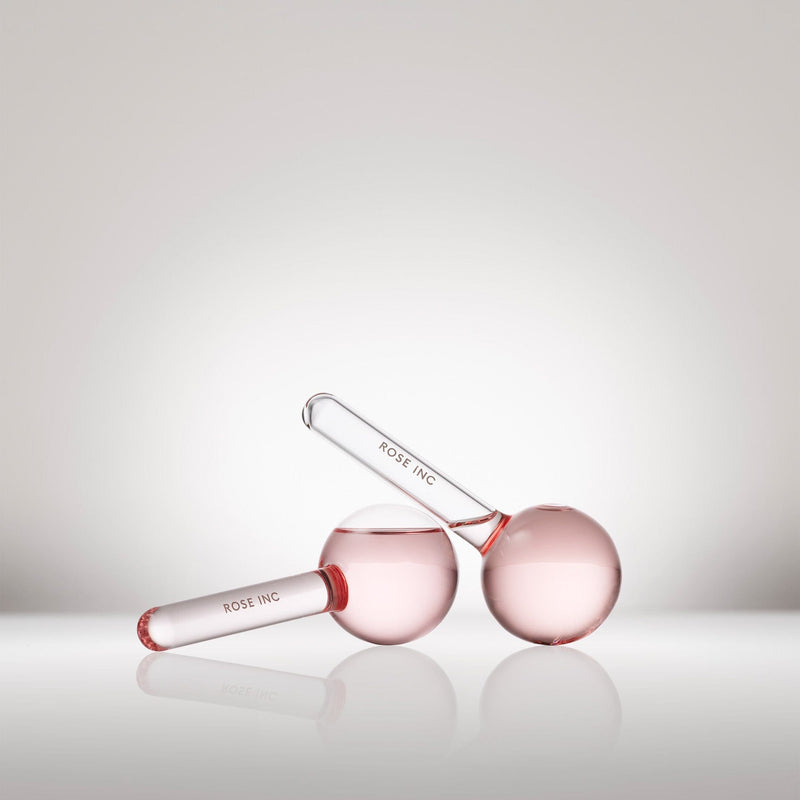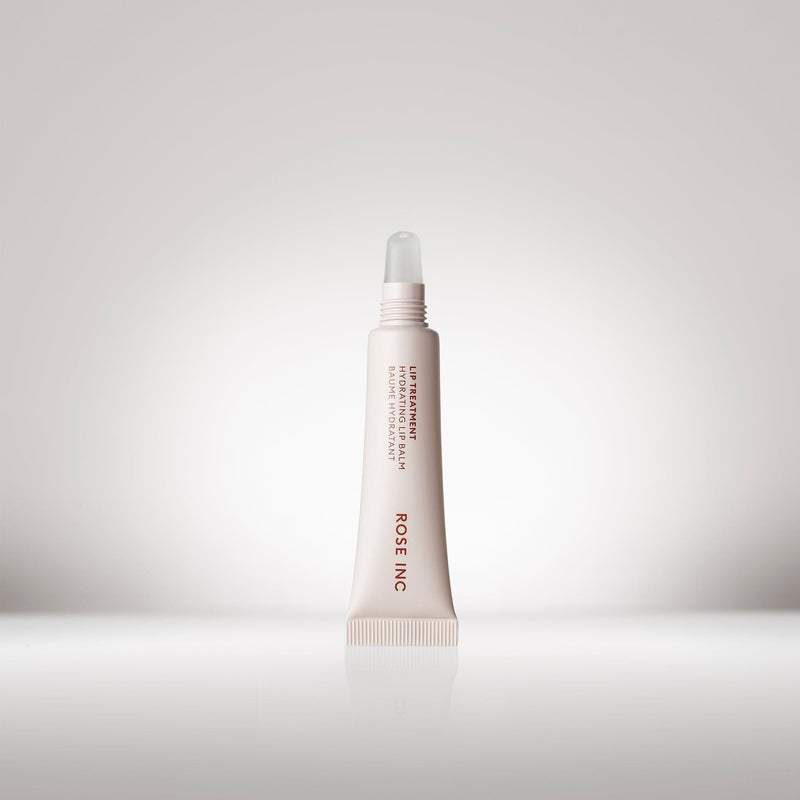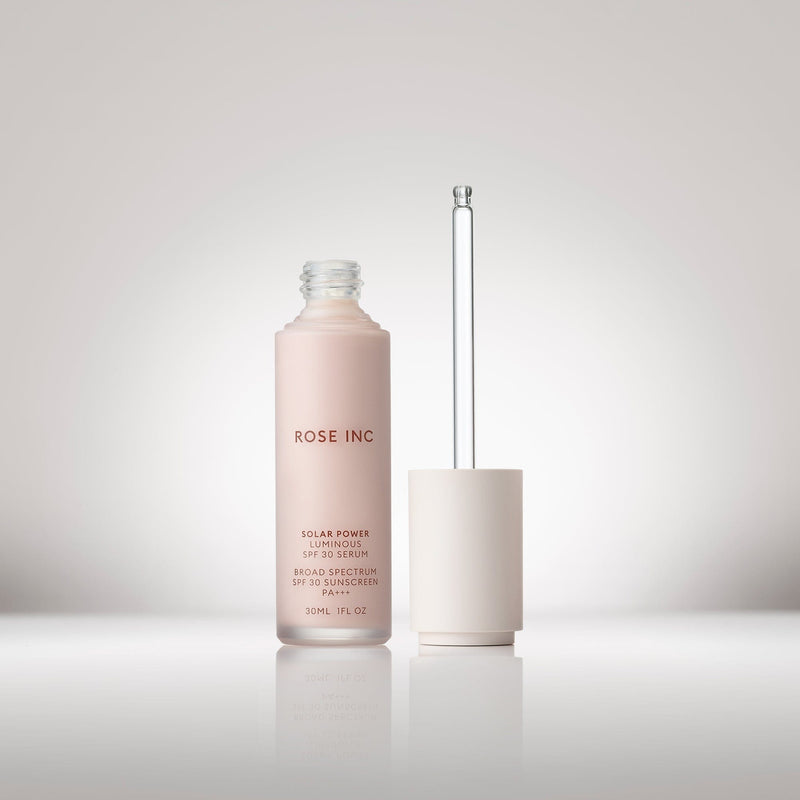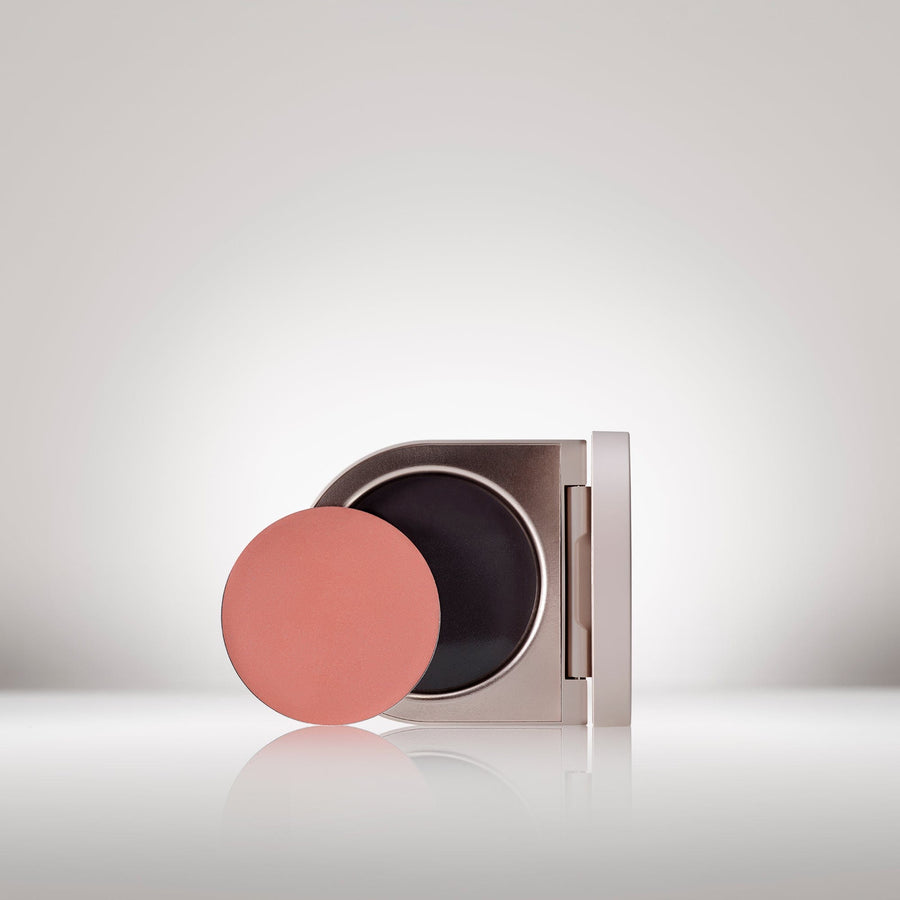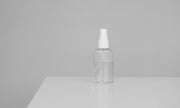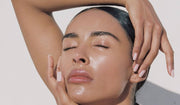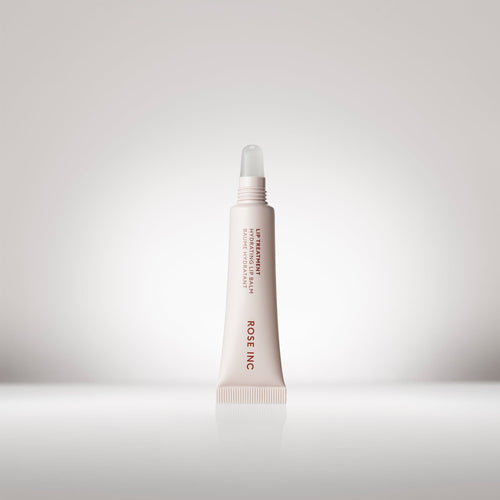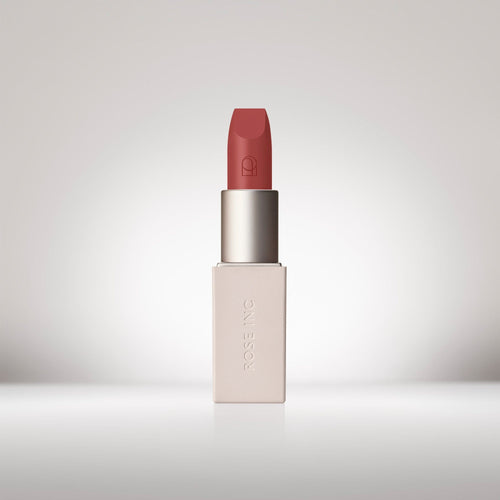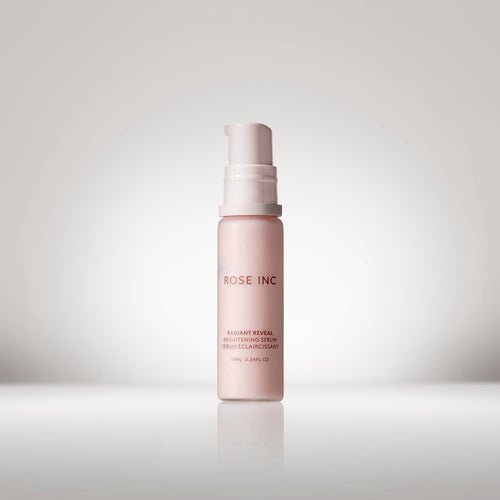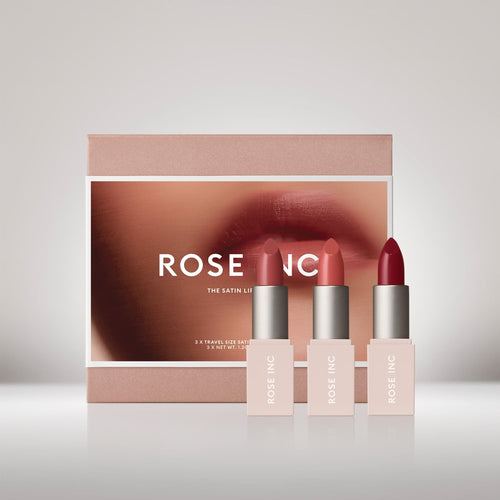Unpacking the Phthalates Controversy in Beauty
We all know that clean beauty is an umbrella term for makeup and skincare products that boast safe ingredients, among other things, but it’s important to know exactly what the alleged toxic ingredients are that we’re trying to avoid, and why they could pose a risk to our health. One category worth noting is phthalates, a family of chemicals commonly used to increase the flexibility of plastics. While phthalates are used in everything from shower curtains to furniture upholstery, food packaging and numerous other items containing plastic, they are also found in cosmetics and personal care products such as lotions, hair sprays, perfume, shampoos and nail polish to bring stickiness to formulas and to carry fragrance. Phthalates are nothing new. In a well-known study from 2002, researchers tested 72 name-brand beauty products and found nearly three-quarters of them contained phthalates. Because of their ubiquitous presence, it’s no wonder that phthalates are referred to as “the everywhere chemical”— and come with an equally broad list of potential health risks.
So, just how dangerous are phthalates? Numerous studies suggest a link between prenatal phthalate exposure and adverse developmental effects in babies, such as reduced growth and birth weight, motor skill deficiencies, preterm birth and autism. Other research finds suggestive associations to breast cancer, childhood cancer, obesity and diminished sperm count. A 2021 study shows phthalates may contribute to the early deaths of at least 91,000 adults ages 55 to 64 in the U.S. each year. “Phthalates act as weak endocrine disruptors and adverse effects on the development of the reproductive system in male laboratory animals have been reported,” explains cosmetic chemist and University of Toledo adjunct professor of chemical science Kelly Dobos. However, Dobos points out that a causal link has not been definitively established in humans, and current scientific research is focused on cumulative or long-term exposure to the chemical group.







